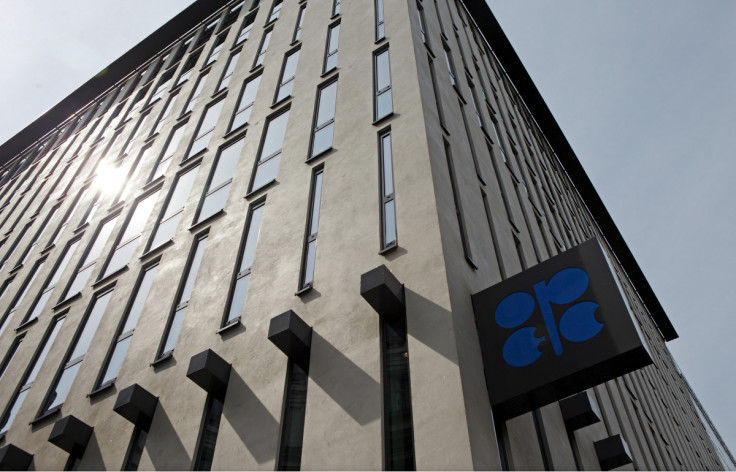Expectations of US inflation hike from 3.6% to 4.6% over the next year
A hike in expected US inflation over the next year comes ahead of next month's federal reserve decision on interest rates. Meanwhile, OPEC cuts increase the price of oil.

Expectations of US inflation over the next year have increased from 3.6 to 4.6 per cent, according to the preliminary April reading by the University of Michigan. This rise shocked investors on Friday, according to Ipek Ozkardeskaya, Senior Analyst at the Swissquote Bank. In the long term, the US Federal Reserve aims for an inflation rate of 2 per cent.
Joanne Hsu, Surveys of Consumers Director, explains that expectations have varied in previous months, with uncertainty over short-run inflation likely to translate into continued uncertainty over the year.
This hiked inflation expectation comes as the US dollar index increased to 101.82 from the previous one-year low of 100.78 on Friday.
It also comes despite consumer price index (CPI) figures, which indicate "easing inflation pressures", according to Ozkardeskaya. The Bureau of Labor Statistics indicates that the consumer price index rose 0.1 per cent in March, having increased 0.4 per cent in February. The CPI is a measure of price changes in goods and services bought by consumers.
These trends occur ahead of the upcoming Federal Open Market Committee (FOMC) meeting in May which will decide whether to increase interest rates again. According to Ozkardeskaya, the chance of a 25 basis point rise stands at a likely 83.5 per cent.
In March, the Federal Reserve increased interest rates by 25 basis points. At the time, the chances of another 25 basis point rise were estimated at 50 per cent. The increase was made despite the recent chaos in the global banking sector, with the collapse of the Silicon Valley Bank and the UBS takeover of Credit Suisse.
OPEC+ production limits and rising energy prices
Ozkardeskaya explains that the increase in US inflation expectations comes as a consequence of unexpected increases in energy prices.
This month, OPEC announced limits in production as a "precautionary measure", with cuts of approximately 1.16 million barrels per day intended to increase oil prices and create stability in markets. These cuts are in addition to a previous decision by OPEC in October 2022 to cut oil production by 2 million barrels per day. Crucially, given the October decision, it was not expected that OPEC would make any further cuts.
Benchmark oil prices like the OPEC basket price can be used to indicate trends in the energy market. On Friday, the OPEC basket price stood at $86.80, having peaked last week on Thursday at $87.77. The price was as low as $70.77 on the 20th of March. Previously, the price stood at just $41.47 at the start of 2020, increasing to $69.89 a year later at the start of 2021, and up again to $100.08 at the start of 2022.
The International Energy Agency (IEA), made a statement explaining that global oil markets are expected to tighten in the latter half of 2023 as a result of cuts in production by OPEC countries, creating the possibility of a "substantial supply deficit". According to the IEA, these cuts occur whilst uncertainty in global oil markets is prevalent, with higher oil prices coming alongside "inflationary pressures" which damage consumer interests around the world.
Formed in 1960, OPEC is the Organization of the Petroleum Exporting Countries, an international organisation formed by 13 leading oil-producing countries. Notable members include Saudi Arabia and the UAE, with its members possessing 80 per cent of the planet's proven oil reserves. OPEC aims to impact global oil prices through cooperation amongst member states on reductions or increases in oil production.
© Copyright IBTimes 2025. All rights reserved.





















